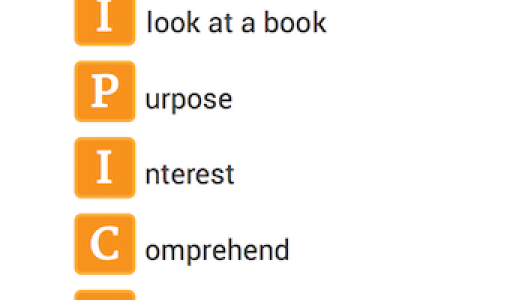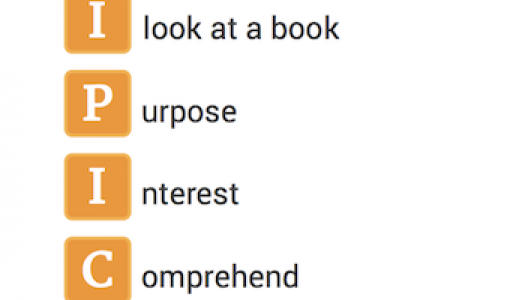Using Weights to Teach About Good-Fit Books
Join Our Community
Access this resource now. Get up to three resources every month for free.
Choose from thousands of articles, lessons, guides, videos, and printables.
Lori Sabo teaches this lesson, which is an effective word picture for students, especially our older ones.

She brings three dumbbells into the classroom and tells the kids that she has a new goal, to get stronger. She knows that to get strong, she will have to work on her muscles.
She picks up the small weight (2–5 pounds) and with high speed and absolutely zero effort, shows the kids how she can do curls and other exercises with this one. Someone inevitably pipes up that it isn't doing her any good, because it is way too light and easy for her.
She picks up the middle weight (5–8 pounds) and shows the kids how she can lift it independently, especially after having received a bit of coaching on how to lock her elbow next to her waist, making the up and down movement fluid and smooth. This weight is definitely going to help her achieve her goal, and it's fun!
Then, she goes for the big weight (20–30 pounds). She exaggerates the effort, not lifting it more than an inch off the floor. She groans, she grimaces, and she fails. It isn't going to help her, and it certainly isn't fun. The kids tell her to stop before she hurts herself!
Then the talk turns to books and how choosing books is much like choosing the correct weight to lift, and boy, do the kids get it! She talks about her husband and asks the kids to guess which dumbbell is good for him and his goal. They know it's the big one. "Do you think he ever makes fun of me for using this one?" she asks. "He wouldn't, because he knows this one is perfect for me. We have so much fun, working out side by side with the equipment that is perfect for each of us!"
She asks which one they would use if they were going to come over and work out with her. Inevitably some of the kids want to impress others by saying they would go for the big weight. It is a wonderful way to remind the class that trying to impress others with the weight that is not a good fit could actually hurt them. The same holds true for reading books that are too difficult. They won't grow in strength or stamina if they pack around books that might make them look cool, but are above their current ability. This brings the conversation back around to how we pick good-fit books using the I-PICK method.
The lesson ends by reaffirming their goals to be strong readers. To become strong readers, they all need to select the best-fitting books for their current level of strength. This lesson helps reaffirm the critical importance of good-fit books and provides another anchor for reference each time she works with students who haven't quite yet learned to honor where they are as readers.
Here is a link to the bookmarks Lori made available for students to help them choose books that area a perfect fit.








